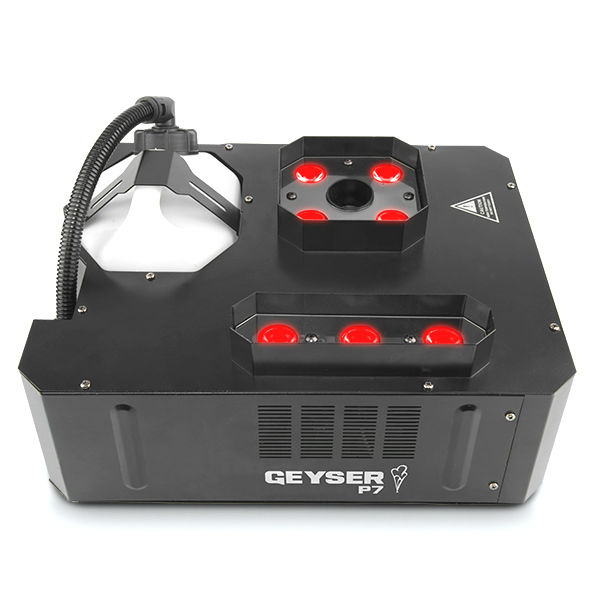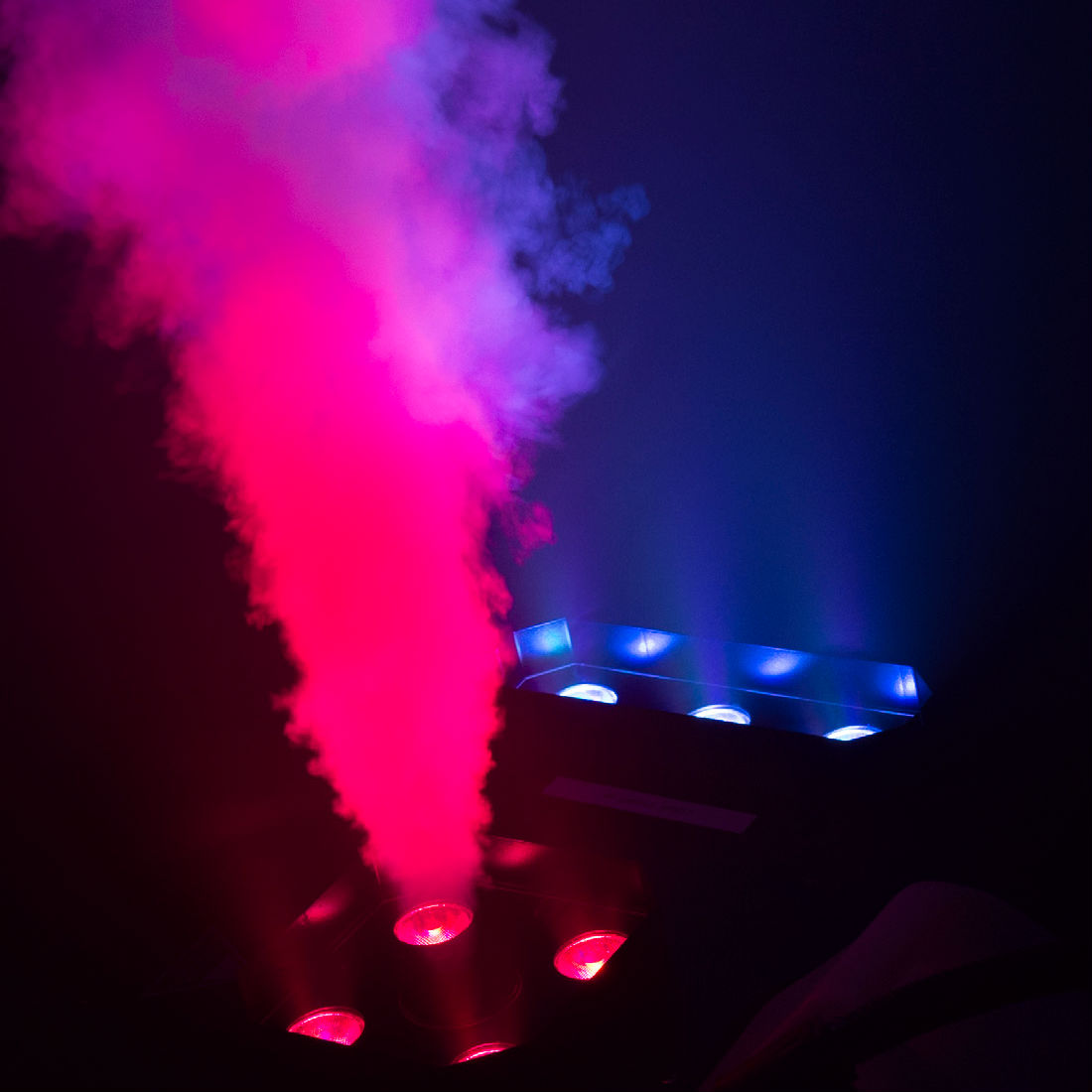Crash Course In Lasers
The word laser is an acronym meaning Light Amplification by Stimulated Emission of Radiation. Webster's dictionary dates the origin of the word to 1960, which is when T.H. Maiman developed the first optical laser. There's a lot of heavy-duty physics behind how a laser is actually created, which I will attempt to simplify.
First let us consider atoms, electrons and photons. An atom consists of a nucleus surrounded by a "cloud" of electrons. These electrons normally orbit the nucleus at a certain level of energy, called the ground state. When energy (in the form of light, heat, radiation, etc.) is applied to the atom, its electrons are raised to a higher energy level called the excited state. In order to return to the ground state, the electron must release its excess energy, which it does in the form of heat and a photon. We perceive these photons as visible light. The simplest example of this phenomenon is the heater coil inside of your toaster (or our Electronic Flash Gun). As the atoms in the coil receive energy in the form of electric current, the electrons are excited and upon returning to the ground state they emit heat and light. We see this as the coil glowing bright red as it heats up.
Photons produced in this manner -- or similarly through the heating of a filament in a light bulb -- are very diffuse. That is, the photons leave the filament travelling in all different directions. In addition, the photons may be at different wavelengths which causes some photons to cancel each other out. All of this creates a beam of light that spreads out rapidly and quickly fades into nothingness.
The laser operates on Einstein's theory of stimulated emission which states, basically, that an electron can be "stimulated" to give up a photon by another photon colliding with it. Maiman's laser uses a solid ruby core "pumped" with light from a flash lamp. The ruby is mirrored on one end and partially mirrored on the other. As the electrons in the ruby's atoms are excited, they release photons travelling in all different directions. Many photons simply escape out of the sides of the core but some are travelling along the correct axis to strike the mirrored end. As these photons travel back through the core they stimulate the emission of other, identical, photons. A chain reaction occurs and, very soon, the majority of photons in the core are of the same wavelength and travelling in parallel. The partially mirrored end of the core allows some of these photons to escape (the laser "beam") while the rest are reflected back through the core to stimulate more photon emission.
Because the photons are all travelling in the same direction, the light that is produced by a laser is much more coherent than traditional light. This means that a laser beam will travel much, much further without losing intensity. If you have every played with a laser pointer, you'll understand what I mean. However, because the beam does not spread out as it travels, a laser usually produces a very small point of light at the target. To create a more visible beam of light, many laser effects units make use of a scanner, a small vibrating mirror that can create all sorts of patterns and effects with the light. In addition, most laser effects look best when they are projected through fog or haze. This is because the haze particles reflect some of the laser light, making the beam visible all along its length.
The early lasers developed by Maiman and his contemporaries used rare materials and high intensity lights to create the laser beam. This meant that the equipment needed to create a laser effect was often far too expensive for most people. Recently, the development of diode lasers has led to an abundance (some would say overabundance) of inexpensive lasers for everything from laser pointers to grocery scanners to special lighting effects.
The Laserburst is one example of a diode laser used for a special lighting effect. The intense beam of light, in any of its many geometric patterns, creates a striking look on a stage or dance floor. This effect is heightened when the beam is projected through the output of a fog or haze machine. This can create huge beams of light or "laser tunnels" around performers. In addtion, a motorized mirror assembly can be added to pan the laser beam around a room, creating a simulated intelligent lighting effect and increasing the overall impact of the laser.
Lasers are classified according to the amount of power they produce and the biological danger their beams present. Because the Laserburst is a type IIIA laser, the beam it creates can be harmful to the eye if viewed directly. Therefore, it's a good idea to either use the mirror assembly to divert the beam or postion the unit so that audience members or club-goers won't look directly at it. Positioning the laser in the corners of your space, or pointing them down at a steep angle should keep people from accidently looking into the beam.
*********************************************
Theatre Effects Customer Service Department
service@theatrefx.com
www.theatrefx.com
Theatre Effects, 1810 Airport Exchange Blvd. #400, Erlanger, KY 41018
Phone: 1-800-791-7646 or 513-772-7646 Fax: 513-772-3579









